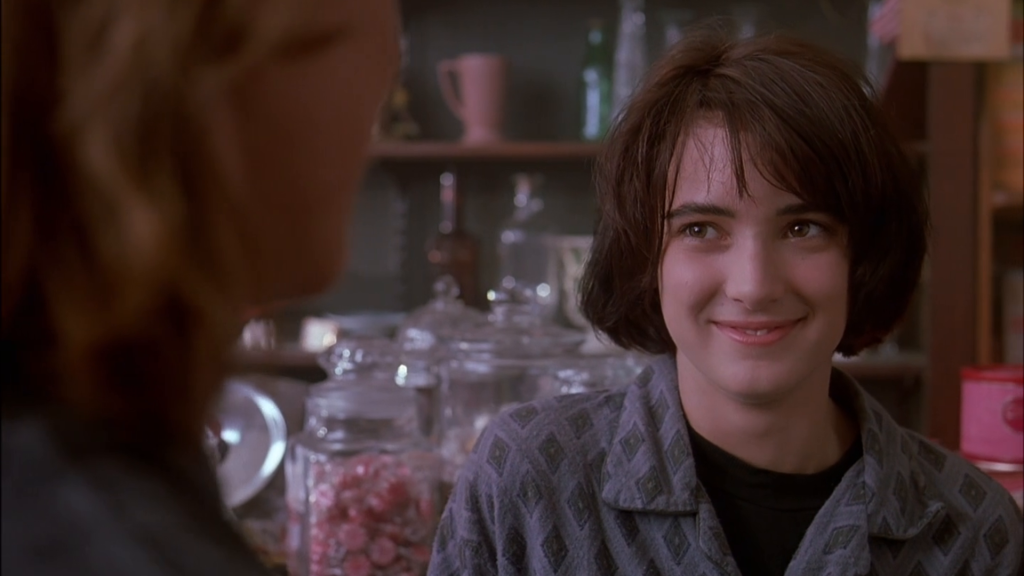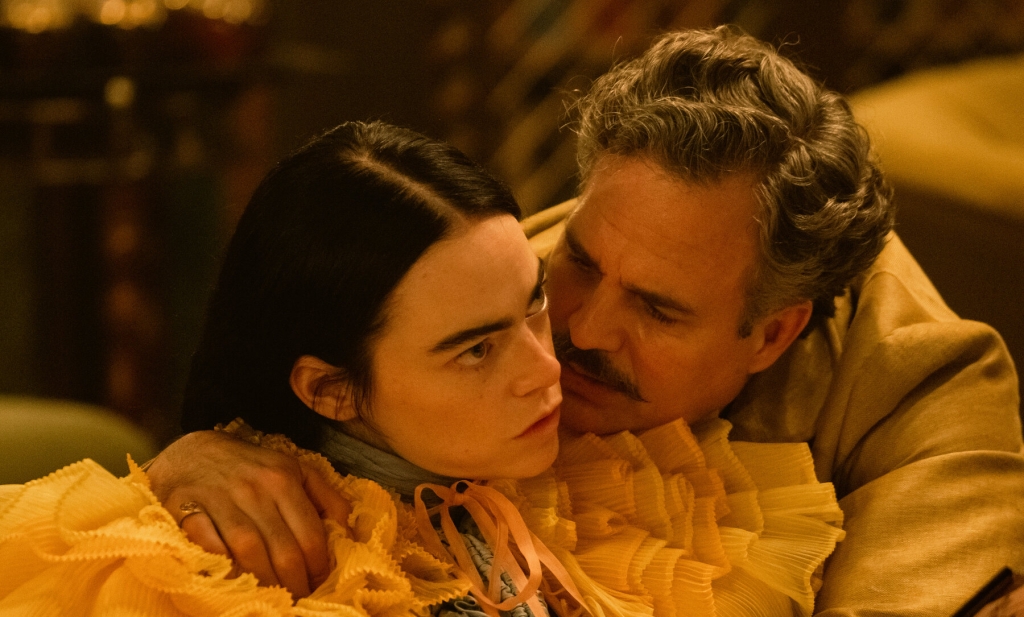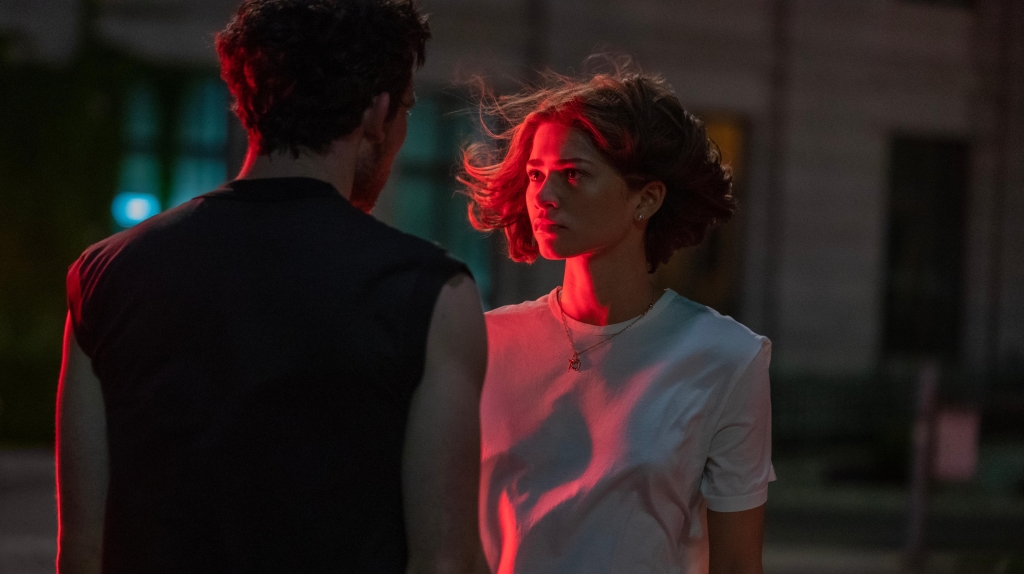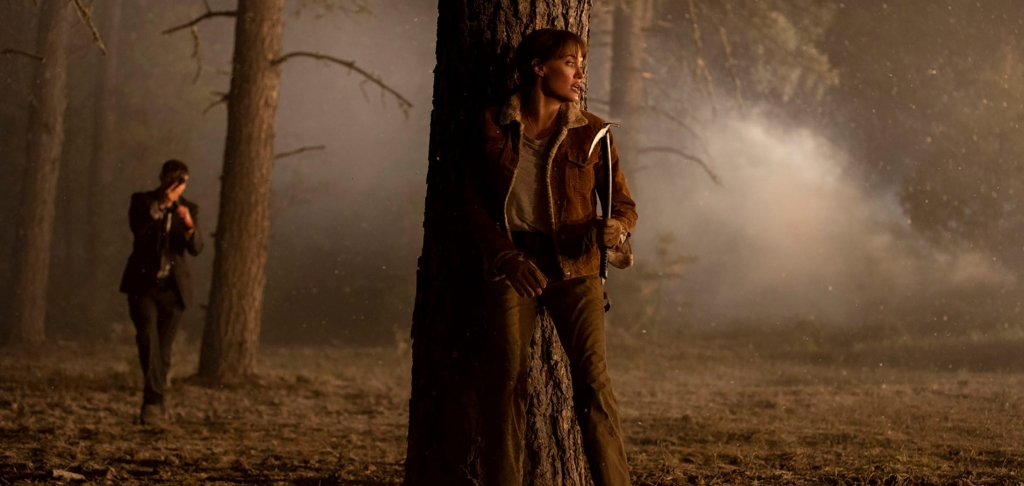 With England in an economic depression, bank teller Michael Banks (Ben Wishaw) struggles to keep his household in order following the recent death of his wife. When the bank threatens to foreclose on his loan, taking away his house in the process, Michael’s family is revisited by Mary Poppins (Emily Blunt); the magical nanny that saved the Banks as a child.
With England in an economic depression, bank teller Michael Banks (Ben Wishaw) struggles to keep his household in order following the recent death of his wife. When the bank threatens to foreclose on his loan, taking away his house in the process, Michael’s family is revisited by Mary Poppins (Emily Blunt); the magical nanny that saved the Banks as a child.
54 years after scoring a timeless hit with Mary Poppins, Walt Disney Pictures is back to attempt the unimaginable: a sequel that both honours and follows on from their iconic original. On paper it is a terribly bad idea. Mary Poppins was a remarkable confluence of source material, brilliant screenplay, musical talent, and star. To suggest lightning could strike twice seems like obvious folly. What a surprise, then, to find Mary Poppins Returns recaptures those past delights so effectively, and with such charm. Honour the original it does.
I suspect one of the reasons the new film works as well as it does is that it hews very closely to the original formula. Each set piece of Mary Poppins has an equivalent scene in Returns, creating something that plays variations on a theme rather than risk its chances with entirely new material. To its credit none of the songs are recycled between the films, and even with the new numbers not quite managing to be as memorable it still creates a warm and familiar slice of family entertainment.
Emily Blunt faces a difficult task in following Julie Andrews’ Oscar-winning turn as Mary herself. She – and, one assumes, director Rob Marshall – smartly avoids copying Andrews, and instead brings her own take to the pitch-perfect dialogue and action. Replacing Dick Van Dyke’s famous Cockney chimney sweep Bert is Lin-Manual Miranda as the lamp lighter Jack; he is an entertaining addition in what is Miranda’s on-screen film debut. I am interested to see him take on further roles, and see how his screen presence develops in comparison to his extensive theatre work. Ben Wishaw and Emily Mortimer take on the adult personas of Michael and Jane Banks, and do so very well. Both do excellent jobs of playing their roles in a heightened manner: the performances generally in this film do a wonderful job of recapturing the specific tone of 1960s live-action Disney. The productions also succeeds with a talented trio of juveniles playing the next generation of Banks children. Pixie Davies, Nathanael Saleh, and Joel Dawson are all sensational, and as the focus for much of the action are thankfully very charming and watchable.
It is a handsome production, with an excellent Marc Shaiman score supporting the songs and particularly eye-popping costumes designed by Sandy Powell. Visually it is a film that straddles two worlds, keeping one feet each in the aesthetic of its predecessor and a more dynamic, contemporary look. The visual effects and animation – both cel-based and CGI – are top notch.
It will always be open to question whether a Mary Poppins sequel was required – in the end, what sequels are? – but having made the plunge, it is difficult to imagine the Walt Disney Studios achieving a more satisfying one than this. It is a great children’s film, and in a time when the studio is busy with Marvel heroes, Star Wars, and animation remakes it is a timely reminder of the kind of magical family entertainment for which the studio was once best known. It would not hurt Disney to track down one or two children’s novels like Mary Poppins or Bedknobs & Broomsticks and give audiences a few new family musicals to keep the tradition going.





Leave a comment